- #MAC EL CAPITAN DOWNLOAD FILE FOR USB MAC WON'T BOOT CODE#
- #MAC EL CAPITAN DOWNLOAD FILE FOR USB MAC WON'T BOOT DOWNLOAD#
- #MAC EL CAPITAN DOWNLOAD FILE FOR USB MAC WON'T BOOT MAC#
#MAC EL CAPITAN DOWNLOAD FILE FOR USB MAC WON'T BOOT CODE#
#MAC EL CAPITAN DOWNLOAD FILE FOR USB MAC WON'T BOOT DOWNLOAD#
#MAC EL CAPITAN DOWNLOAD FILE FOR USB MAC WON'T BOOT MAC#
If you intend to use it on both your Mac and a PC, select “Master Boot Record” instead.

In the “Scheme” field, select “GUID Partition Map” if you’re going to use your USB drive exclusively on your Mac.If you intend to use it on both your Mac and a PC, select “MS-DOS FAT” instead. In the “Format” field, select “MAC OS Extended (Journaled) if you will be using your USB Drive exclusively on your Mac.Assign a name to your USB drive, preferably something that does not contain any space as it will be important later.Select your USB drive from the list of devices (Be careful not to click the wrong drive by accident or you might end up losing important files).Type in “Disk Utility” in the search bar.Also, you need at least 8GB of space to make a copy of your operating system on your USB drive. While your Mac can open files based on the NTFS file system, you cannot save anything on it without the help of certain third-party apps.įormatting your USB drive will erase ALL of its contents, so make sure that you transfer your files to another storage device if you still have remaining ones on the USB drive that you want to make bootable. This is especially important if your USB drive is manufactured by a third-party because a lot of the USB drives on the market are based on the NTFS file system which is the default for PCs running on Windows. To make a bootable USB drive, you need to format your USB drive first. In case something happened to your Mac and you can’t get it to start, you just plug in your bootable USB drive (or any other drive), wait for your Mac to detect it, then instruct your Mac to use the bootable USB drive to load your operating system instead.

This is when you use a bootable USB drive.Bootable drives can be any type of storage device (USB drive, CD, DVD, external hard drive, etc) that contains a copy of your operating system. By default, your Mac boots from your internal hard drive, but, if for one reason or another, your hard drive won’t boot, your Mac will ask you if you want to use a different drive instead. Whenever your Mac starts, it initiates what is called a boot process where it tries to load your operating system so that you can use your computer. A good way to do this is by creating a bootable USB drive. While the option is no doubt more convenient than keeping physical copies of your Mac’s operating system around, though, keeping a backup copy of your operating system is still a good idea in case something happened to your computer and it refused to start. Installing or reinstalling operating systems has been a lot easier since Apple decided to stop shipping installation discs and offering them as downloadable files from the Mac App Store instead.


 0 kommentar(er)
0 kommentar(er)
